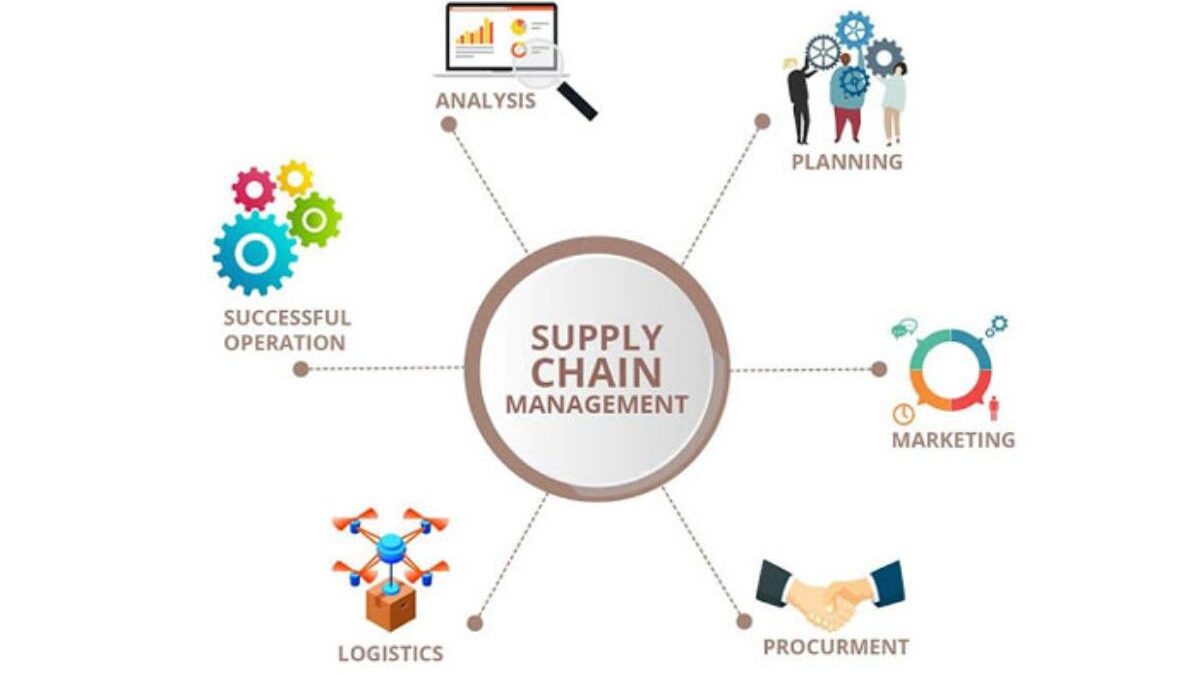Transparency and visibility in supply chains are becoming more critical by the day. Especially as ecommerce continues to grow as an industry and independent merchants need to rely on third-party logistics companies, knowing the status of your various shipments at any given moment can make a big difference.
Thanks to the wealth of data that you can gather from the supply chain, end-to-end visibility into supply chain logistics might seem like an easy goal to achieve. However, the reality is that most companies struggle to collect the right types of data – and to leverage what they do have to gain meaningful insights.
There is no shortage of obstacles you will face when implementing visibility into your supply chain. Here are the four most common issues preventing full visibility and how to overcome them.
Table of Contents
ToggleA Myopic Focus on Small Parts of the Chain
Supply chains are long and include multiple stakeholders. Every stakeholder has a down and upstream partner they must collaborate with to execute tasks. Needless to say, the data that these stakeholders generate are important to everyone else involved in the chain. However, most companies myopically focus on either their portion of the chain or only on downstream or upstream partners.
For instance, a manufacturer might focus on their logistics partner’s data and internal inventory management. They may neglect supplier manufacturing and logistics data that can inform the efficiency of a manufacturer’s production schedules. One of the biggest reasons for this short-term focus is a lack of planning.
Many supply chain stakeholders remain wedded to legacy software systems that do not enable efficient communication. These systems cannot talk to or integrate, necessitating manual data upload and transfer tasks if visibility is to be achieved.
Given how datasets have grown exponentially, many supply chain firms naturally shy away from installing manual tasks. However, ignoring visibility isn’t a solution either. The thing to do is embrace automation and upgrade tech infrastructure so that systems talk to each other seamlessly.
Connecting systems like this also standardizes data storage and handling processes, something that will come in handy when dealing with the next challenge.
Blind Spots in Available Data
Fractured systems throughout the supply chain create an even bigger issue than a lack of insight. They isolate datasets and remove all sources of context. For instance, a logistics company might encounter issues delivering fresh products. Their data will show products incurring damage during transit.
However, what if the manufacturer’s storage conditions were inadequate to begin with, setting the logistics provider up for failure? Without interconnected systems and data, there’s no way of examining such issues. Logistics providers will have to bear liability, increased insurance premiums, and reputational damage.
Data silos connected to legacy systems are preventing deep data analysis that can eliminate inefficiency and boost margins. Once again, reliance on outdated infrastructure is to blame. Many stakeholders superimpose new solutions on top of old ones, leading to a situation where neither system has any control.
Instead of relying on patchwork systems such as these, firms must invest and upgrade the tech stack. Modern infrastructure will help them focus on the right areas in their supply chains, eliminate blind spots created by data silos, and build better demand models throughout the chain.
The Friction of Manual Processes
Manual processes are directly opposed to modern technology. Examine most supply chain data handling processes, and you’ll see teams dedicated to manually reformatting data and uploading them to different platforms.
There are two major issues to address in this regard. First, stakeholders must integrate their internal systems to provide teams with a single source of truth. Integrating systems builds trust in data and creates a culture of relying on data-driven insight. Complex processes like underpinning the supply chain must receive such support from stakeholders.
Second, stakeholders must integrate and automate data transfer from their up and downstream partners. For instance, the ETL process must be automated, since employees cannot sift through millions of rows of data for duplicates and missing commas. Upgrading infrastructure to execute such processes is critical since the volume of data companies collect will not shrink anytime soon.
Automation will also help you build ancillary processes such as proactive maintenance, storage threshold alerts, and risk mitigation. By notifying the right personnel when a process is at risk, you will mitigate losses and even eliminate them.
In addition, you’ll also improve your analytics processes.
Analytics Dashboards That Aren’t Intuitive
Collecting data is fine, but you need the ability to quickly analyze that data if you want to draw insights. The problem is that most analytics dashboards at supply chain companies are hard for line-of-business team members to digest and require deep technical expertise to operate.
For instance, older analytics packages require users to formulate coded queries to retrieve data, necessitating the presence of tech support for every ad hoc analysis.
Self-service analytics have changed the BI landscape, and supply chains stakeholders must join the trend. By eliminating the need for technical expertise when querying information, companies can draw insights from almost anywhere in their organization.
Modern analytics packages also come equipped with intuitive graphica dashboards that help you visualize data in creative ways. Aside from graphs and images, you can tinker with your data and view the results in real-time. Presenting conclusions and modeling scenarios is thus extremely simple.
Overcoming Obstacles
Every trend has obstacles, and adopting data-driven insights to promote transparency is no different. Technology holds the key to greater insights. The issues highlighted in this article are critical to overcoming, so make sure you dedicate resources to eliminating them. The reward is visibility into every supply chain process and greater efficiency.
Shashi Teja
Related posts
Hot Topics
Prioritizing Tasks: A Student’s Guide to Efficient Workload Management
Staying on top of coursework, assignments, revision lessons, extracurricular activity, and socialising often feels like attempting to keep several balls…
3 Ways in Which Small Businesses Can Optimize the User Experience of their Corporate Website
When it comes to improving the user experience of your corporate website, you should be aware that this is not…



